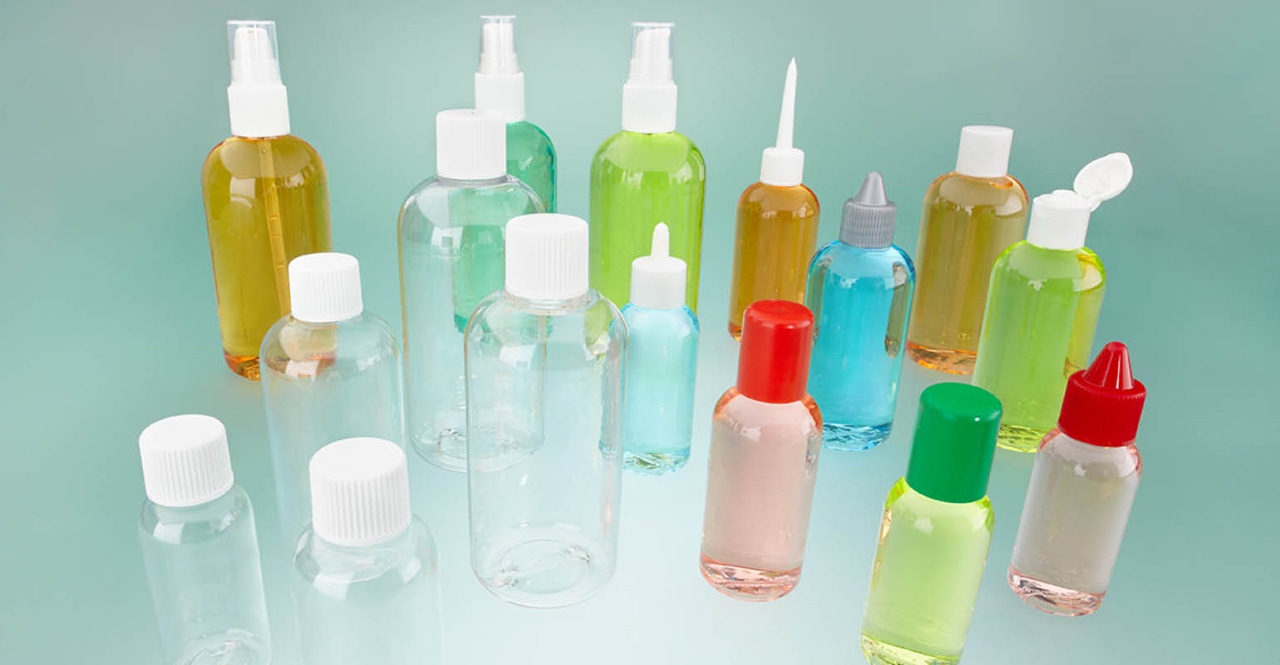How Problems with Recycling PET are Being Addressed
A recent study by Closed Loop Partners highlights how infrequently PET is recycled.

Despite the technical ease with which it can be recycled, less than 30 percent of polyethylene (PET) in bottles and jars is recovered in the U.S., according to a recent study commissioned by Closed Loop Partners. The problems typically start before the containers roll off the production line and continue at the curb all the way to reprocessors’ doors—if they even make it that far.
Authors of the study suggest interventions they say could improve yield through curbside collections by 21 percent while lowering processing costs by 10 percent. Some industry experts elaborate on the challenges and ideas for working through them.
“It’s hard to compete with virgin PET. It’s made in huge quantities around the world, and there’s a lot of competition, which drives innovation and efficiencies and keeps cost down,” says John Standish, technical director of the Association of Plastic Recyclers (APR). “Now you look at recycling PET, and it’s terribly inefficient. The inefficiency goes back to consumers’ decisions: Do I put it in the trash or recycling bin? If they don’t recycle, then we have a supply problem.”
More brands are adopting the Sustainable Packaging Coalition’s “How to Recycle” label to educate consumers. But even once consumers toss PET containers in the bin, they have to be sorted. MRFs are pretty good at this, achieving about 90 percent efficiency, though if they recover a billion pounds and lose 10 percent, the volume lost is as much as one very large MRF processes in a year, says Standish. So, the push is on to recover more.
Meanwhile, reclaimers expect bales of 100 percent PET, but the streams making their way to MRFs are mixed with plastics, paper, aluminum and trash.
Then there are problems around labels, which have no value and actually create a cost. Pressure-sensitive labels, in particular, are hard to wash off and separate.
There are also PETG bottles—large beverage containers with handles that are usually incompatible with regular PET—that must be pulled from bales and landfilled.
APR, some resin developers, brand companies and bottle producers are starting to work together to try and eliminate inefficiencies tied to some of these challenges.
“With PETG, there are new resin choices incorporating regular PET that some brands are beginning to use. And some are using pressure-sensitive labels that can be separated and float, reducing water and energy use,” says Standish. “Coke, Pepsi, Nestlé and some other big brands are doing this. We want to make smaller, regional brands aware of these technology developments and how they can contribute. Next time they design a product or do a product refresh like a new label, they can include this in the bid.”
Meanwhile, equipment is evolving for better efficiency and higher throughput.
While they come with hefty capital expense, new technologies include near infrared sorters that can differentiate between PET and PE and sort at high speeds. And just this past year, robotics have come online that take sorting capabilities further.
However, there are few incentives for investment in infrastructure needed to sort recyclables into discrete resins for market.
“Shoring up our recycling infrastructure to maintain or increase diversion and increase availability of recycling will likely require a combination of private and public investment,” says Nina Bellucci Butler, CEO of More Recycling.
“Recycled content legislation, extended producer responsibility and bottle deposits may be necessary if key stakeholders aren’t able to raise the funds and target the investments needed to stabilize and grow recycling,” says Bellucci Butler.
Practices to make the process worthwhile for recyclers, including the ability to keep increasingly thinner bottles from ending up in fiber bales, will be key to improving quality.
“With more value on PET bottles, MRFs may be more motivated to capture them by slowing down lines and adding more sorters,” says Bellucci Butler.
The recommended interventions mentioned in Closed Loop Partners’ study include making capital investments in newer technologies at MRFs and reprocessing plants, improving packaging design for recyclability and creating more reliable agreements among parties.
Such operational and investment solutions could increase the national PET recycling rate by 6 percent and close the loop on an additional 80 million pounds of PET bottles annually, according to the report.
Closed Loop Partners Managing Partner Ron Gonen said in a statement, “We believe there are investable opportunities that benefit municipalities, the PET recycling industry and end users by making rPET a more desirable material that competes with virgin.”
About the Author
You May Also Like




.png?width=300&auto=webp&quality=80&disable=upscale)